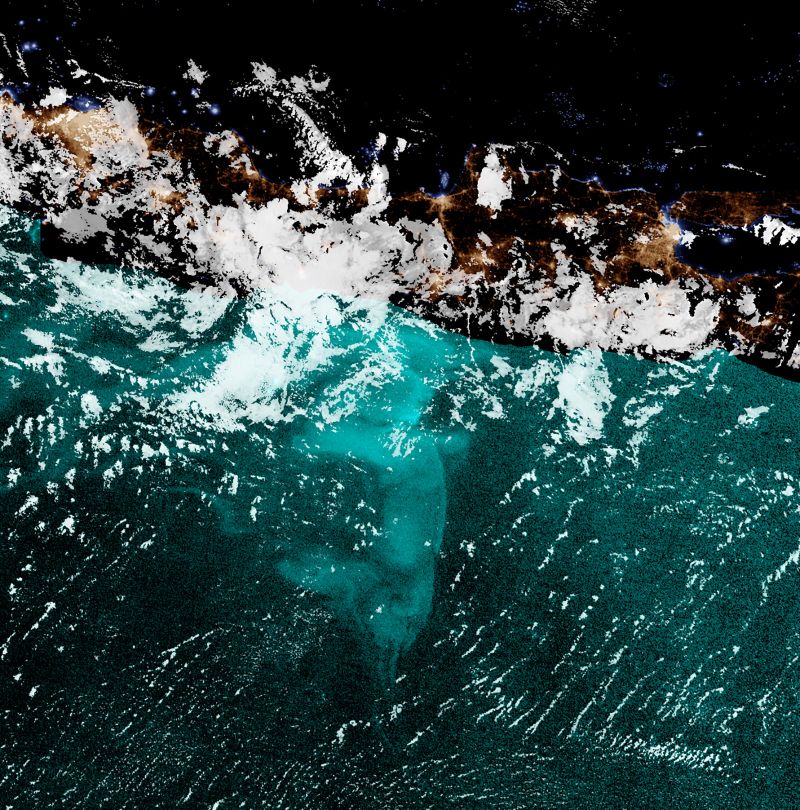A mysterious ocean glow reported for over 400 years has stumped scientists. A new study could offer clues
Science Life
A mysterious ocean glow reported for over 400 years has stumped scientists. A new study could offer clues
By Taylor Nicioli, CNN
6 minute read
Updated 1:03 PM EDT, Sat April 12, 2025

“Milky seas” are an ocean phenomenon that cause a vast area of the ocean to glow. Scientists are trying to predict when the events occur in hopes of better understanding the bioluminescent display. Steven Miller
(CNN) — For over 400 years, sailors have reported a mysterious phenomenon in which the ocean appears to glow as far as the eye can see.
“The sea from horizon to horizon in all directions took on a phosphorescence glow … the moon had just set and the whole sea was several shades lighter than the sky,” wrote J. Brunskill, an officer aboard a ship called the SS Ixion that had sailed through the Arabian Sea in 1967.
Nearly 10 years later, another crew aboard a vessel named the MV Westmorland experienced a similar event in the Arabian Sea as it sailed through a “large area of bioluminescence,” according to the ship’s captain, P. W. Price. “The sea … glared a brilliant and bright green. So brilliant in fact that neither white caps nor swell waves could be distinguished from what appeared to be a perfectly flat sea,” he wrote in a letter in 1976.
These events, dubbed “milky seas” by the sailors who have been lucky enough to come across them, have been notoriously hard to study due to their rare occurrences in remote regions of the ocean where many humans are not around to see them.
Now, scientists hoping to better investigate the peculiar events are one step closer to predicting when and where these mysterious bioluminescent displays will occur. Justin Hudson, a doctoral student in Colorado State University’s department of atmospheric science, has compiled over 400 known sightings of “milky seas,” including those from Brunskill and Price, to create a new database that will help scientists one day get a research vessel to an event, according to a study published Wednesday in the journal Earth and Space Science.
{snip}
